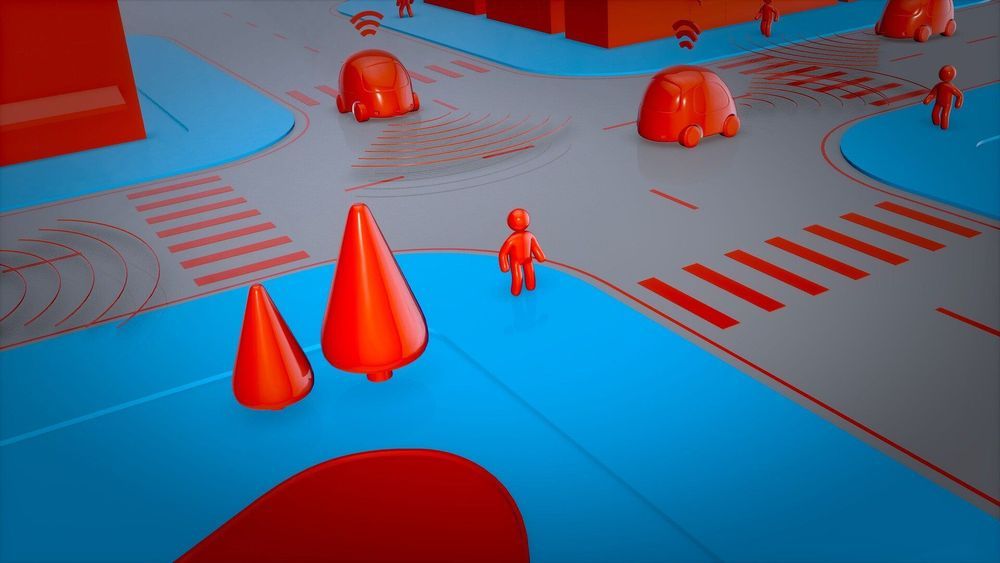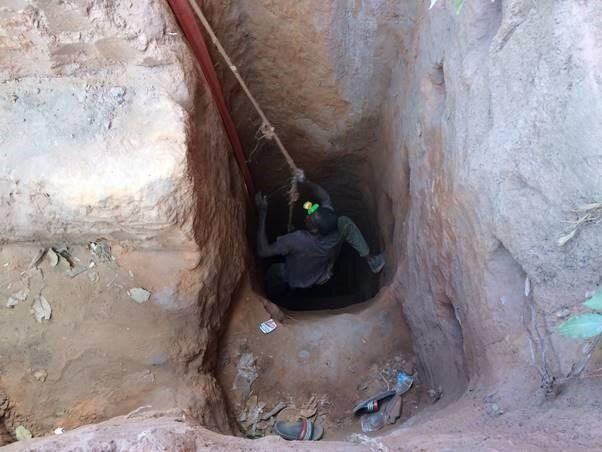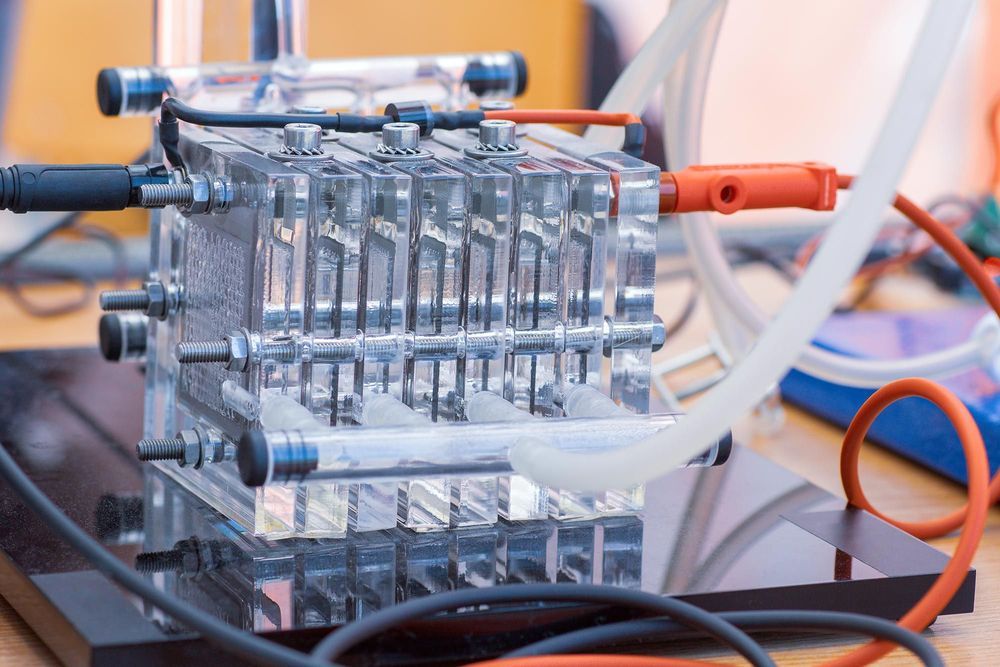The challenge is to build an airplane without moving control surfaces.



Originally a bunch of children’s toys, then comic books, cartoons and movies, robot action figures than morph into vehicles and back again have proved immensely popular over the years. After a successful Kickstarter last year, Robosen Robotics has launched the T9, a robot that transforms into a vehicle through voice commands or via an app.
There are many Transformer-like robot toys already available, but most require the user to manually change the thing from action figure to vehicle, animal, device or whatever, and back again. Like the bots from the cartoons and movies, the T9 is an actual transforming robot designed to stimulate a child’s interest in programming, robotics and artificial intelligence.
The T9 is claimed to be the first robot in the consumer space that can automatically move from vehicle to robot and back again, can walk on two legs when in robot form, race on its wheels when in vehicle form, involves coding and program development, and can be controlled by voice commands or through a mobile app. It can even bust some funky dance moves if you want it to.

The Trump administration is proposing new rules to guide future federal regulation of artificial intelligence used in medicine, transportation and other industries.
But the vagueness of the principles announced by the White House is unlikely to satisfy AI watchdogs who have warned of a lack of accountability as computer systems are deployed to take on human roles in high-risk social settings, such as mortgage lending or job recruitment.
The White House said that in deciding regulatory action, U.S. agencies “must consider fairness, non-discrimination, openness, transparency, safety, and security.” But federal agencies must also avoid setting up restrictions that “needlessly hamper AI innovation and growth,” reads a memo being sent to U.S. agency chiefs from Russell Vought, acting director of the Office of Management and Budget.

But no, privacy isn’t dead. A path to reclaiming it — fuzzy and almost too late — is starting to emerge. We just have to be angry enough to demand it.
Trying to get straight answers has been, literally, a full-time job. I’ve digested the legal word salad of privacy policies, interrogated a hundred companies and even hacked into a car dashboard to grab my data back. There are lots of stories about online threats, but it feels different watching your personal information streaming out of devices you take for granted. This year I learned there is no such thing as “incognito.” Just stepping out for an errand, I discovered, lets my car record where I shop, what I listen to and even how much I weigh.

Lidar can be the third eye and an essential component for safe driving in your automated car’s future. That is the word from Bosch. They want the world to know that two is not ideal company; three is better company. Cameras and radar alone don’t cut it.
CES is just around the corner and Bosch wants to make some noise at the event about its new lidar system which will make its debut there. The Bosch entry is described as a long-range lidar sensor suitable for car use.
The company is posing a question that makes it difficult to refuse: Do you want safety or do you want the highest level of safety? Two things Bosch wants you to know: it can work in both highway and city driving scenarios, as said in the company release, that “Bosch sensor will cover both long and close ranges—on highways and in the city” and it will work in concert with cameras and radar.

The global low-carbon revolution could be at risk unless new international agreements and governance mechanisms are put in place to ensure a sustainable supply of rare minerals and metals, a new academic study has warned.
The amount of cobalt, copper, lithium, cadmium, and rare earth elements needed for solar photovoltaics, batteries, electric vehicle (EV) motors, wind turbines, fuel cells, and nuclear reactors will likely grow at a rapid pace in the upcoming years. Even if alternatives are found for one metal, there will be reliance on another as the scope of possibilities is inherently limited by physical and chemical properties of elements.
However, with global supplies often heavily monopolized by a single country, confronted by social and environmental conflict, or concentrated in poorly functioning markets, there is a real possibility that a shortage of minerals could hold back the urgent need for a rapid upscaling of low-carbon technologies. In some cases, markets are providing misleading signals to investors that can lead to poor decisions. In other cases, the countries or regions supplying minerals are politically unstable.

The image, and resulting data, has helped astronomers learn more about black holes in general, and this one in particular, making that two-year wait more than worthwhile. Part of the reason for the delay was simply the logistics of gathering so many observations. Each observatory collects data over a narrow range of wavelengths, resulting in massive amounts of information — the equivalent of up to 5,000 years of mp3 music files. That’s too much to just email someone. Researchers instead had to find ways to physically move that data around. For instance, to transport the information out of the South Pole Telescope in Antarctica, scientists had to wait until spring, when planes finally started flying out again.
Only then could researchers begin the complicated process of stitching together data from the eight observatories, a technique known as interferometry. The team had their work cut out for them: Raw files from each of the observing sites came in with different angles on the sky, in different wavelengths and at different observation times.
“The calibrating and working with it took many months,” Özel says. “And at the end we synthesize it into a single image.” But that’s still not the end of the work, she says. “[You] spend another six months worrying about all the things you might have done wrong, and ask yourself more and more questions, until finally you can be certain that what you have is real.”

Australian Research opens up new possibilities for hydrogen fuelled future.
Scientists show how using only water, iron, nickel and electricity can create hydrogen energy much more cheaply than before.
Hydrogen-powered cars may soon become more than just a novelty after a UNSW-led team of scientists demonstrated a much cheaper and sustainable way to create the hydrogen required to power them.
In research published in Nature Communications recently, scientists from UNSW Sydney, Griffith University and Swinburne University of Technology showed that capturing hydrogen by splitting it from oxygen in water can be achieved by using low-cost metals like iron and nickel as catalysts, which speed up this chemical reaction while requiring less energy.
With the Lazareth LMV 496, the flying motorcycle is no longer a myth. In addition to flying, it can also travel on the road.
Lazareth LMV 496, the Flying Motorcycle, powered on the road by an electric motor and jet engines, can both fly and travel on road.
